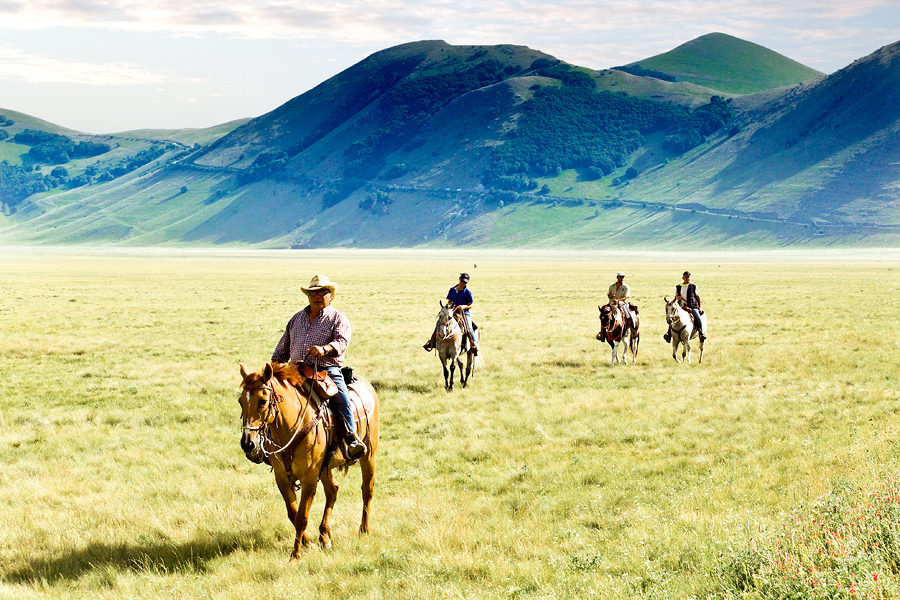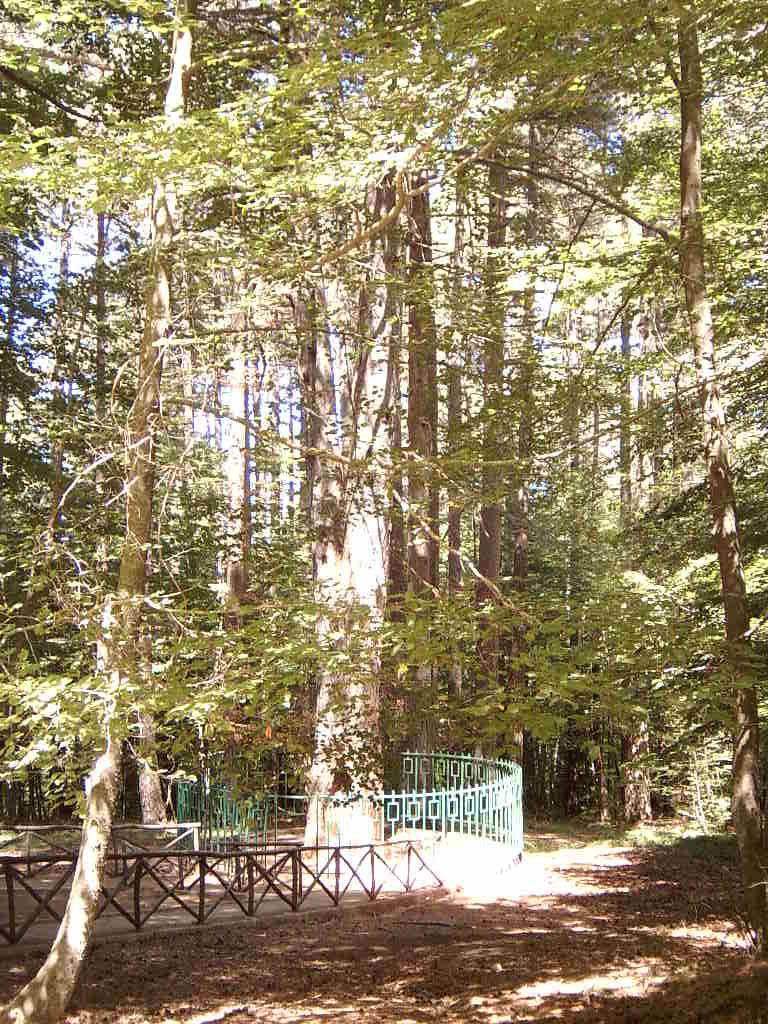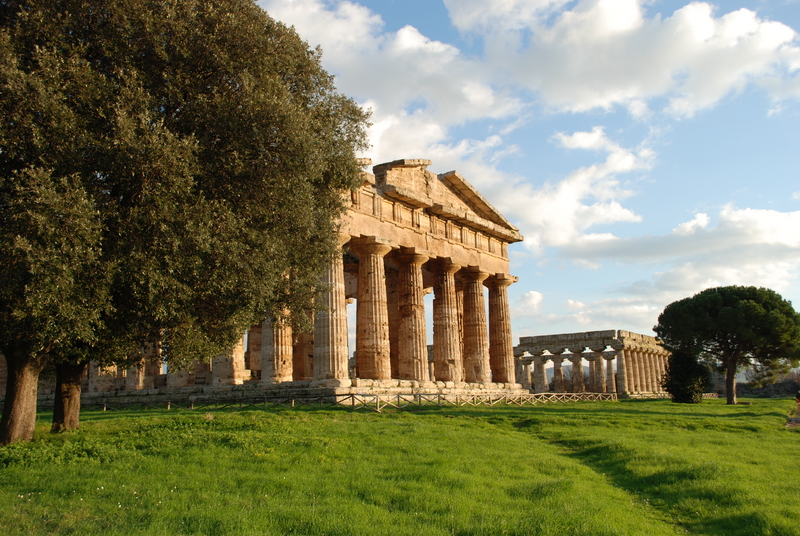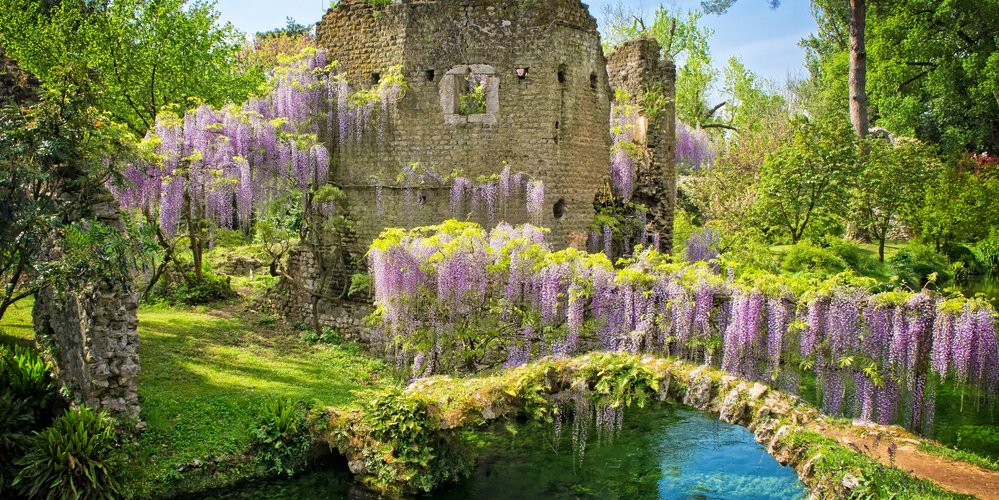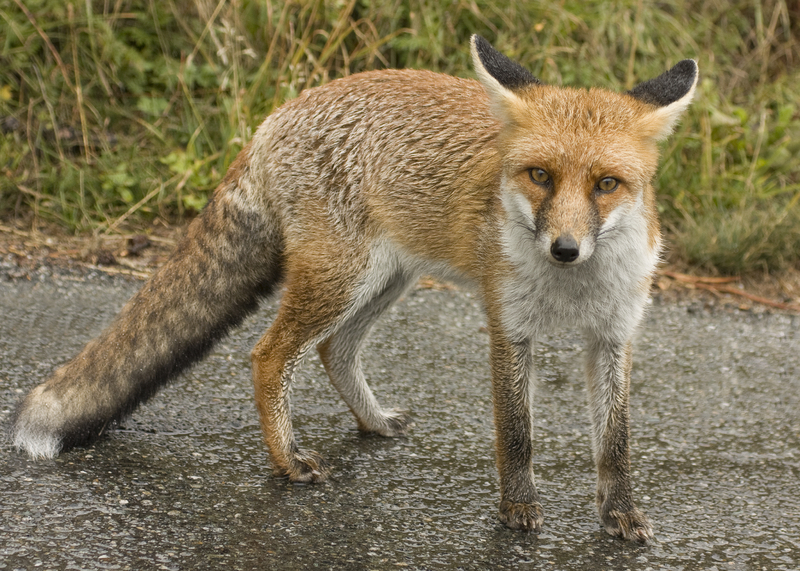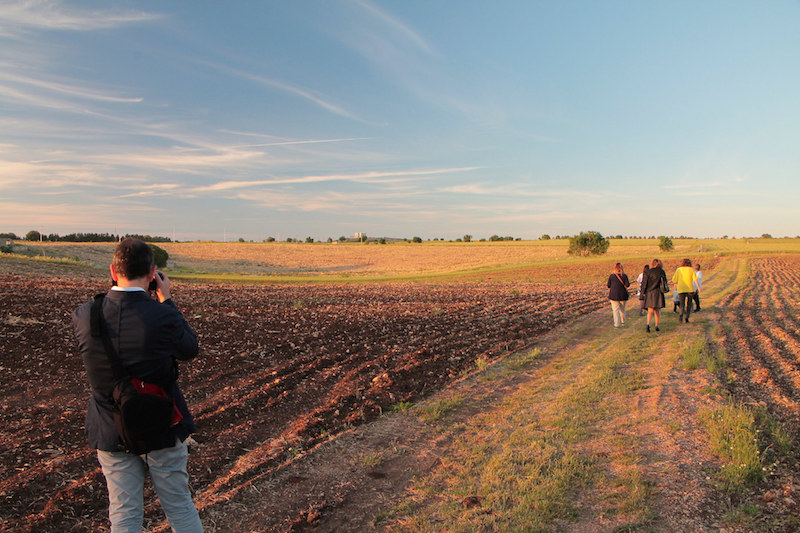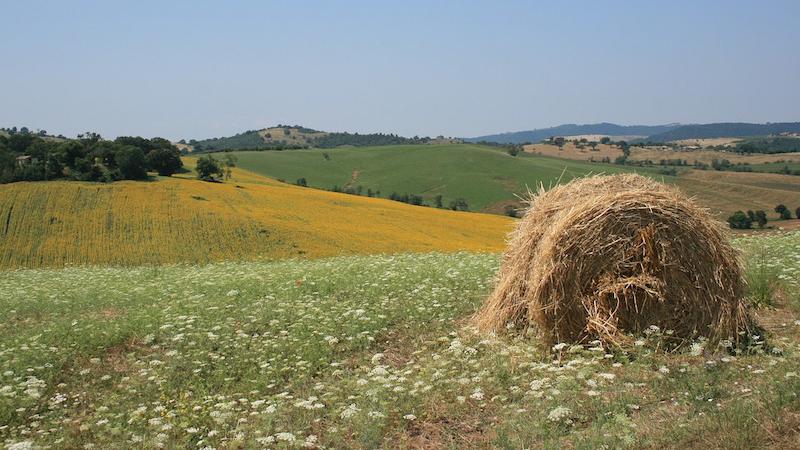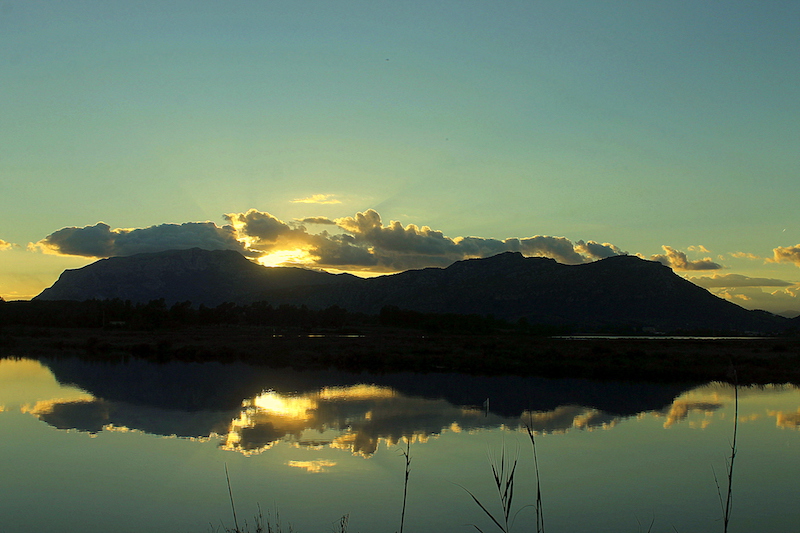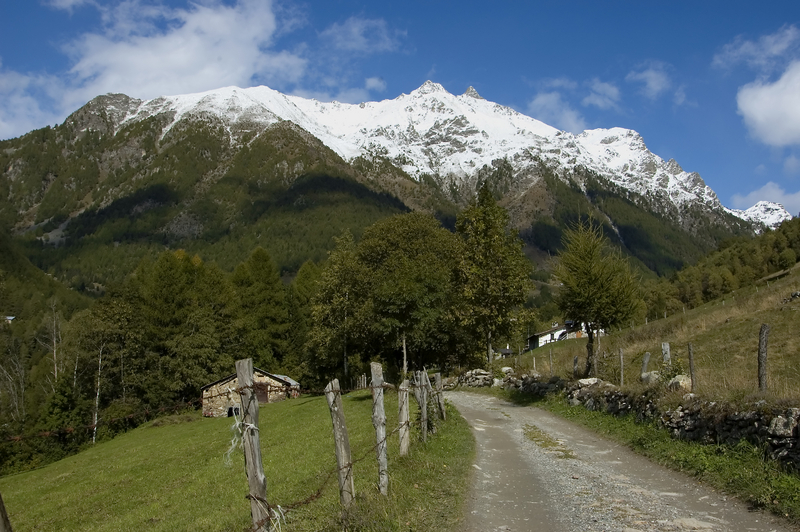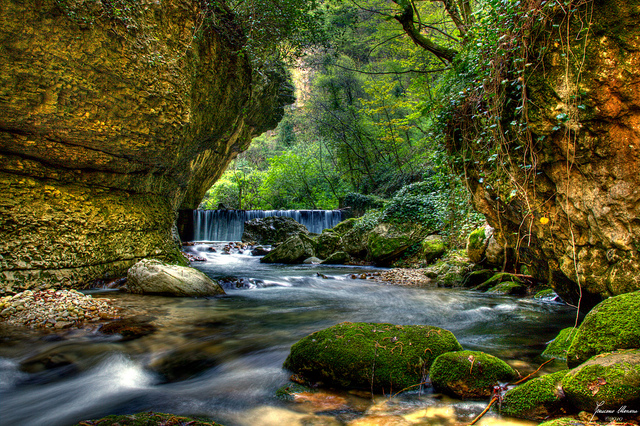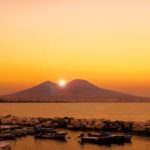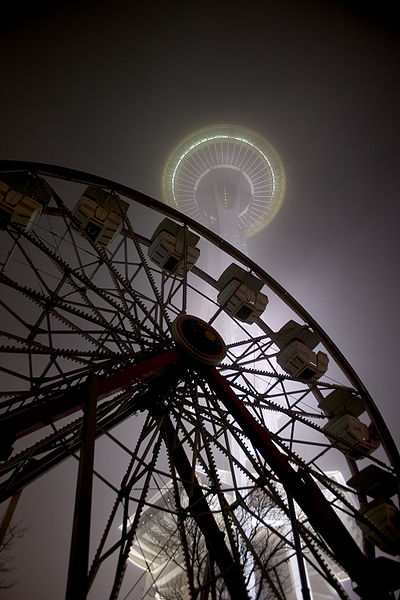An hour drive from Rome, on the shores of the Thyrrenian Sea in the southern reaches of the Lazio region, you will find a national park that not only boasts an abundance of natural beauty, but a diverse collection of plant and animal life. In fact, when Circeo National Park was established in the 1930s it was done with the idea of protecting the biomes in the area, namely the different plants and animals that co-exist together to make up the rich biological life that now thrives here. The park not only boasts lush trees and beautiful stretches of beach, but interesting towns like Ponza, San Felice Circeo, Sabaudia and Latina that just waiting to be explored and discovered.
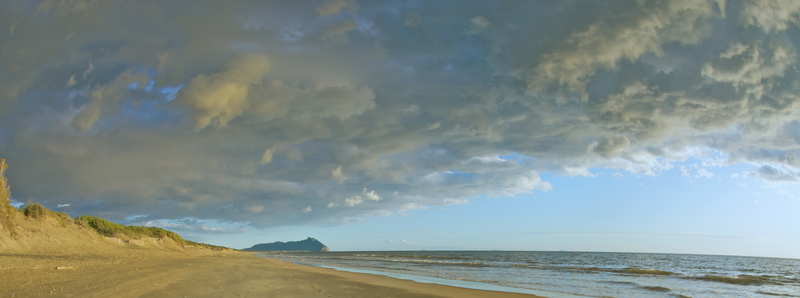 Circeo National Park – the Beach
Circeo National Park – the BeachFlora and Fauna at Circeo National Park
The diverse geography of the park and the migratory routes it provides mean that Circeo is full of habitats for different plants and creatures. There are more than 25 different species of birds living in the national park and plenty of different varieties of flora. In Circeo you may spot rare species like the spoonbill, Greater Flamingo, Crane, white tailed eagle, the osprey and the peregrine; however, when it comes to mammals there are only around 20 species that exist in the national park. Lately, studies have been undertaken in regards to reintroducing mammals to this area.
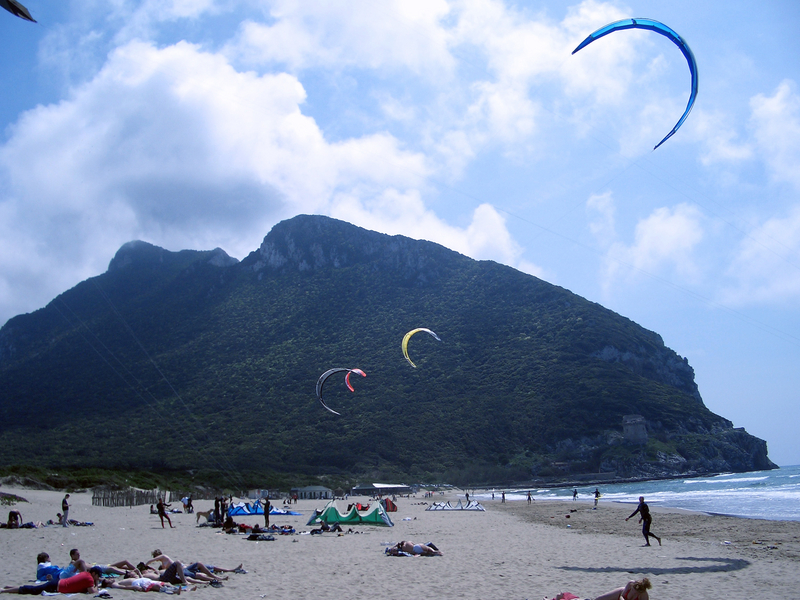 Circeo National Park – The Cape
Circeo National Park – The Cape
Every unique environment in the flora-rich park boasts a different kind of vegetation. Different types of oak trees, from turkey to holm, grow in the forest and woods here. In the promontory of the northern slope there is a lush forest of holm oak and plenty of strawberry trees. By the sea the slope is covered with the European fan palm and the Phoenician juniper. In the coastal dune area you won’t find much more than cade and water lilies, both of which manage to bloom despite the harsh temperatures. Zannone Island, on the other hand, is full of typically Mediterranean vegetation like maquis and chestnut oaks.
Tourist Points of Interest at Circeo National Park
The Circeo Promontory in the Pontina area is dominated by a unique calcareous relief, which stretches 541 meters above sea level. On the so-called Cold Side (Quarto Freddo) there is a forest, while on the harsher Hot Side (Quarto Caldo) you will find maquis and halophilic species. Here you can also explore prehistoric caves that look out onto the sea below.
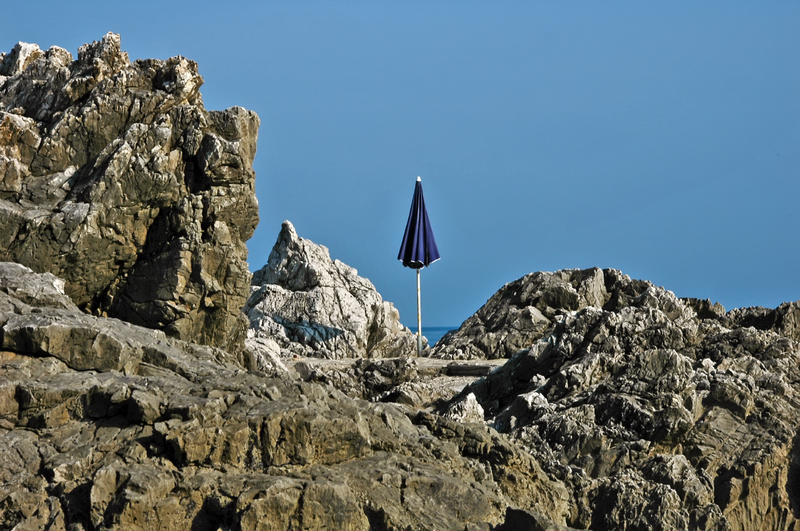 Circeo National Park – Rocks
Circeo National Park – Rocks
If you’re interested in heavily wooded areas and lush greenery then head to Selva di Circe, the park’s plain forest, chalk full of towering oaks. This area also has wide lands known as piscine that fill up every season with meteoric waters.
Circeo’s Wetlands is made up of four lakes–Caprolace, Monaci, Fogliano and Paola/Sabaudia–as well as the flat plains that flood seasonally. Here there are also lagoons that turn marshy during the flooding.
Next to the Wetlands you will find the beautiful area of the Coastal Dunes, which cover the land along the coast from the Promontory all the way north to Capo Portiere. This area is particularly fragile and offers gorgeous views of the ocean and beach.
The largely unmarred Zannone Island is a part of the Pontine Islands (itself a part of the Ponziane Island Archipelago), which boasts lush Mediterranean flora and acts as a point of reference for migrating birds in the region.
The Borgo di Villa Fogliano is a decidedly English structure that sits along the shores of the lake that bears the same name, in the Latina. This is now the headquarters for the park’s forest rangers or forestali. The area has also been the site of some significant archeological finds that date back to the prehistoric era.
If you follow the Lungomare and Rio Martino Canal, with the saltwater Lake Fogliano to your left, you will eventually come to a sandy patch that does not allow cars. If you hop over the cement wall you will find a path that leads you to the sand along the Monaci Lake, which is largely deserted and usually peaceful. Gaze into the distance from here and you will be able to see Monte Circeo.
Step back in time at Domitian’s Villa as this amazing archeological site really helps one to imagine what life was like during Roman times. Roads, defensive structures, villas, necropolises and more have been uncovered in the park.
Circeo has many set paths and marked trails one can follow, either on foot or by bike, in order to explore the different areas of the park lands and the sites described above. One piece of advice: If you’re in Circeo and not lactose intolerant you must try the cheese! This is buffalo area and it stands to reason that the mozzarella di bufala and harder cheeses like caciotta pontina are fresh, but I’m here to tell you they are also delicious! Really a must try for any visitor to this diverse park.


